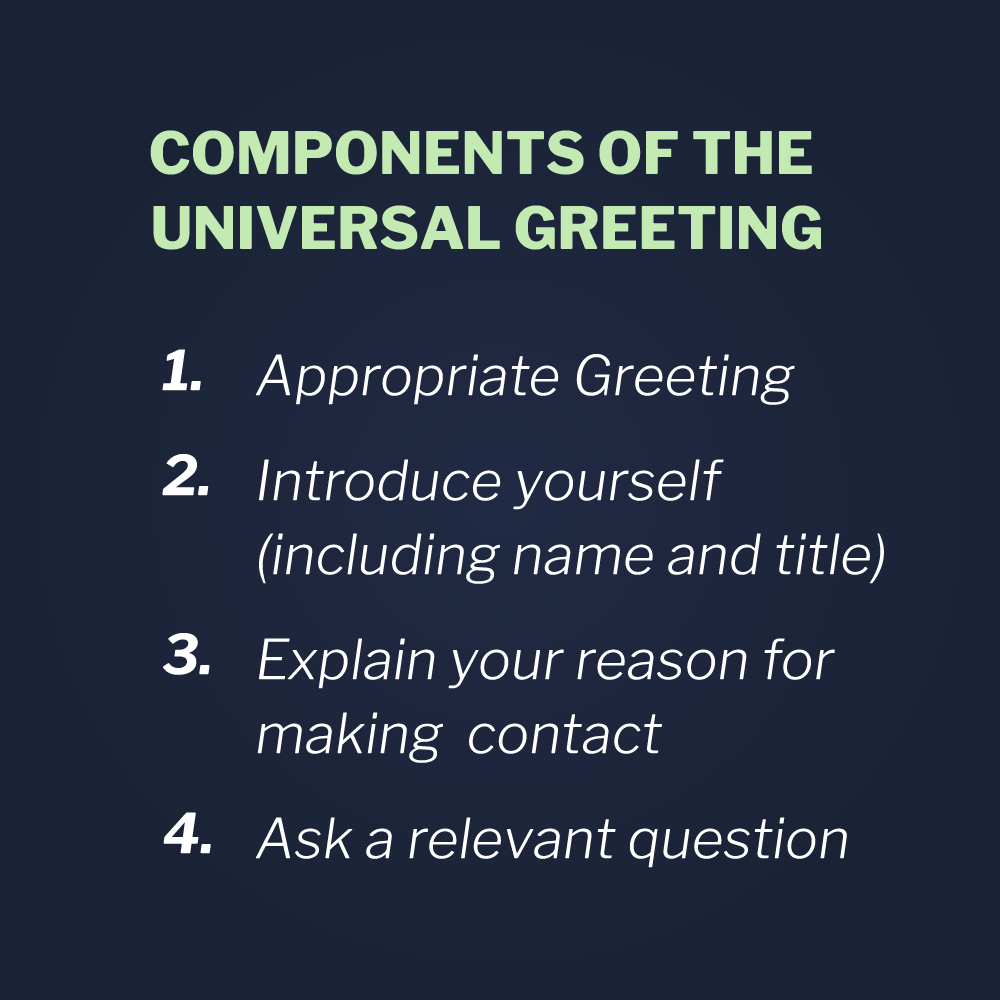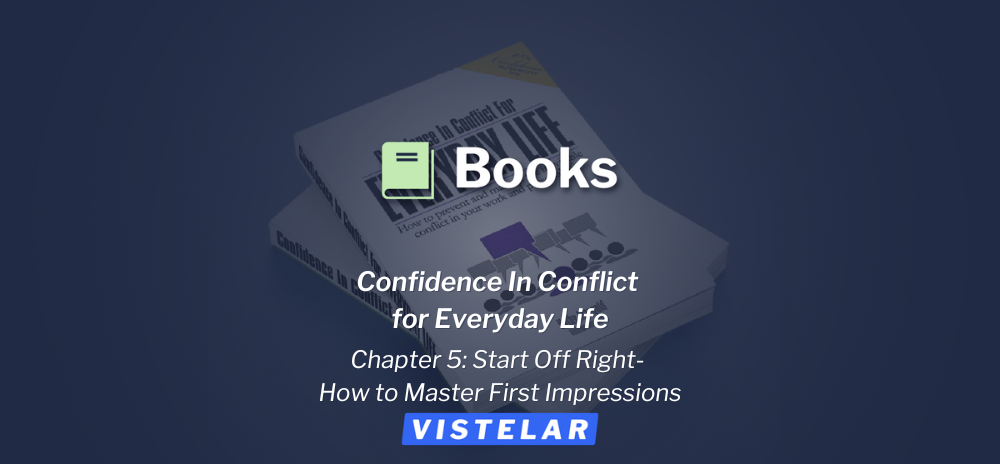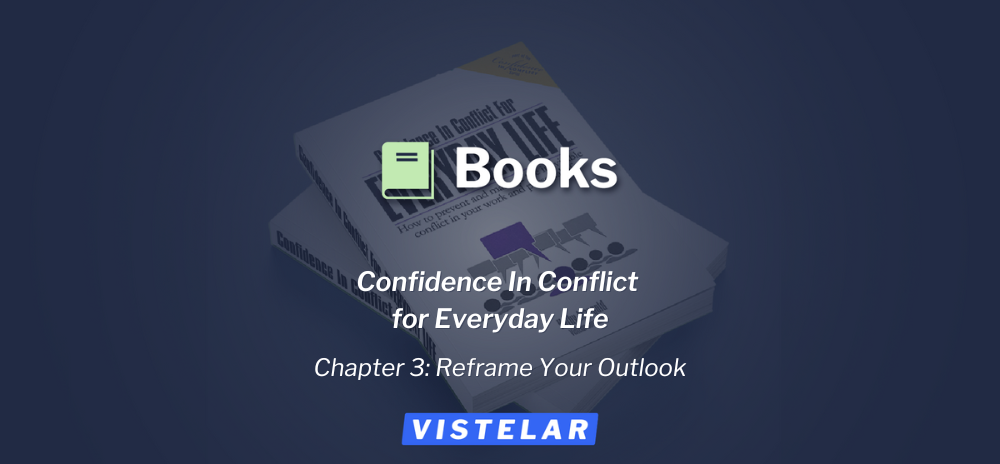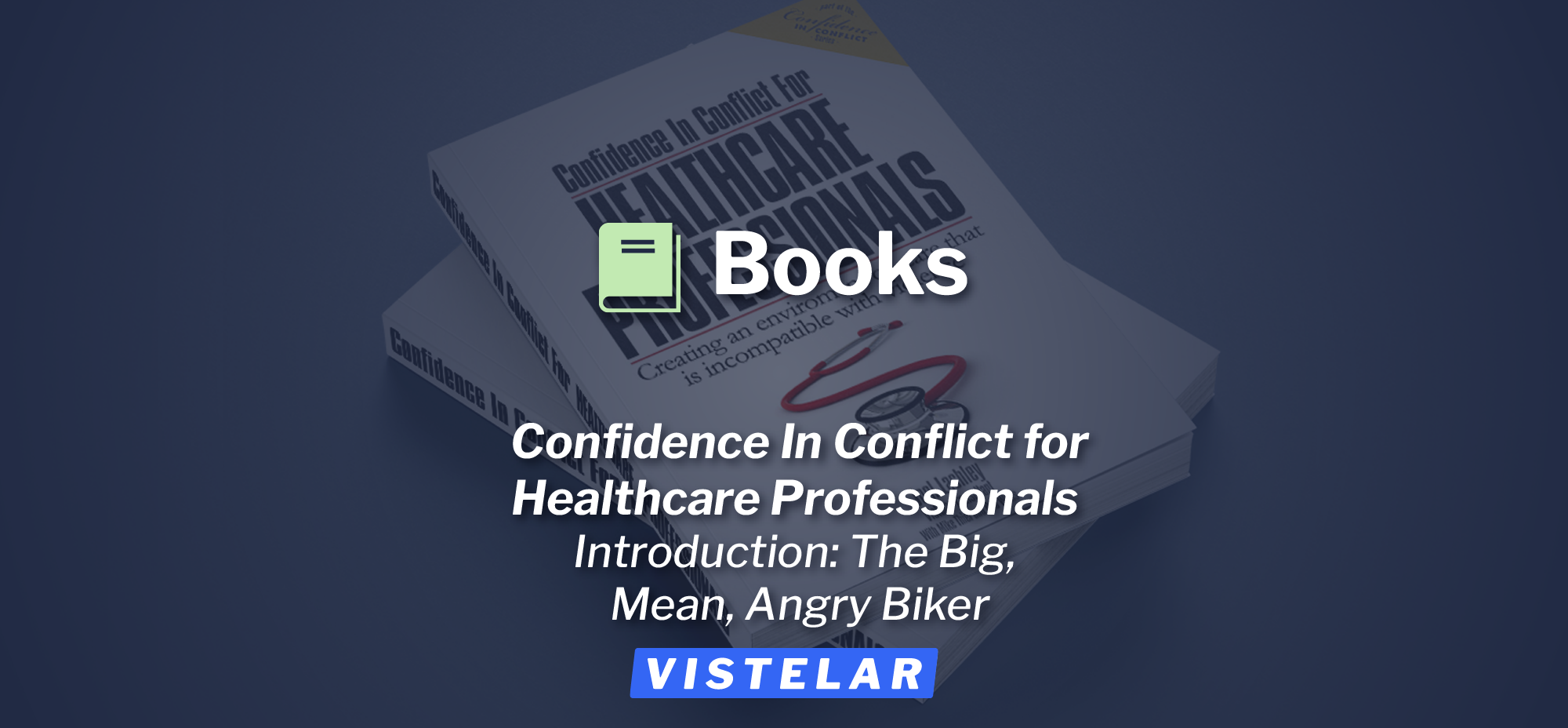Enjoy this excerpt from one of our published books.
Chapter 5
Start off Right:
How to Master First Impressions
Overview: How do you get your interaction started the right way? Thanks to Showtime, you’ve got the look. Now the Universal Greeting provides a template for knowing what to say.
First impressions set the tone for an interaction. This is the best time to build rapport and establish credibility and best yet, eliminate resistance.
We’ve already covered the importance of having a Showtime Mindset to project decisiveness and assertiveness. That’s a great start.
Now we’ll learn the Universal Greeting, so you don’t lose precious time by fumbling around for what to say.
It may seem as if some people, more than others, have a knack for approaching someone and starting a purposeful conversation. But it’s more than a knack: it’s a learnable, do-able skill for anyone (even if you’re shy or you sometimes feel like you’re at a loss for words when under pressure).
The Universal Greeting is as important to our Vistelar methodologies as the five approaches to showing respect and Showtime Mindset.
Guiding and directing an initial interaction with someone, whether you know them or not, is as important as how you look and how you treat people.
“We have this default assumption that professional people know how to talk to each other, but they don’t,” said Tony Pinelle, a Vistelar consultant who specializes in teaching contact professionals like utility workers, mental health care professionals and others who are often on the receiving end of anger or hostility.
If Tony thinks this is a problem among contact professionals, I would bet that regular folks like you and I could stand some improvement, too.
Having a scripted approach — yes, your own personal spiel — gives you a launching point that is consistently effective. The Universal Greeting is a powerful script that can shut down conflict before it starts. How does it work? Let me tell you a story about how a simple
Universal Greeting helped me keep my cool.
It was a cold day…
It was an unseasonably cold winter, one that started a month early and caught everyone by surprise. Our furnace wasn’t keeping up with the cold, and I was glad that I had made my appointment to get it serviced well in advance.
When the day came, it was five degrees and the wind felt as if it was chewing through the walls. I was bundled up as if I should have been at a football game and not at my desk. I had just one more hour left until the repairman was scheduled to arrive.
Then the phone rang.
“Good morning, this is Mary from Tom’s Heating Service, here with a service update,” said the voice of the scheduler. “Am I speaking with Kathy? We just got a call from a woman whose 86-year-old mother is without heat today.
“We would like to fix her situation before coming to you,” she continued.
“Would you mind terribly if we pushed back your appointment an hour or so?”
Did I mind? Not a bit. How noble of me to do the right thing. I hung up the phone and matter-of-factly rearranged my plans to accommodate this wrinkle in my schedule.
What happened here? On the surface, not very much. This encounter was agreeable enough, despite having created a minor inconvenience to my day. No big deal.
But let’s consider what could have happened if that scheduler weren’t as graceful. What if she would have said, “This is Tom’s Heating Service, informing you that your appointment has been pushed back to later this morning. Have a good day.” Click.
That one phone call from the heating company could have prompted me to react negatively, in which case I would have made the situation worse, for the caller and for the repairman once he got here.
But it didn’t, and that’s the beauty of the Universal Greeting.
Lesson 10 : The Universal Greeting
As its name implies, the Universal Greeting is a launching technique for efficiently starting an interaction. This scripted response covers all your bases and lets you get to your point quickly.
There are four parts to the introduction; every one of them is designed to lay the foundation for the interaction.
The purpose is to let you state your business, circumvent resistance and give them the opportunity to start talking to you. This will clearly show your respect for them.
-
Appropriate greeting: Use the greeting that suits you best and use their name, if they are familiar to you. “Good morning!” While you could say “Hi” or “Howdy,” we find that the slightly more formal salutation is a springboard for our Showtime presence.
-
Identify yourself and your affiliation: “This is Mary from Tom’s Heating Service, here with a service update.”
-
Explain the reason for the contact: “We just got a call from a woman whose 86-year-old mother is without heat today. We would like to fix her situation before coming to you.”
-
Ask a relevant question: “Could we push back your appointment an hour or so?”
In less than 10 seconds, both the sender and the receiver are aligned and ready to carry on the conversation.
Starting off right
Is this small stuff? No, it’s actually a pretty big deal. Here’s why: it’s as easy for me to snap at these meaningless, micro-encounters as it is for the more impactful ones.
Put it this way: if I’m capable of pitching a fit at some faceless scheduler, just think of the damage I can do (and have done) when I’ve disagreed with my child’s teacher over something quite small, or escalated a tense conversation with the guy at work who I really don’t like. Little things matter in setting the tone.
Such bad vibes can start the moment one of us walks into the room, and unless they can be defused, they grow from there.
That one phone call from the heating company could have turned my day in the wrong direction. But it didn’t.
We don’t always recognize those sterling moments when everything goes right, and therefore nothing happens at all. Having your own Universal Greeting makes them possible, and makes you aware of your capability to do things right.
His presumptions, my panic
What happens when you initiate a conversation with only a vague plan for what you need to accomplish? Let me give you a short example:
me give you a short example:
The phone rings and I answer. Brad: “Hello, this is Brad Higgins.
Kathy: “(long pause) Oh, you mean Mr. Higgins? (another long pause as I scramble to make connections) Dan’s…math teacher?”
Brad: “Yes. How are you doing?” Kathy: “(uneasy) Is everything OK?”
Sure everything is fine and Mr. Higgins was just calling to update me on the school’s upcoming math fair. But why didn’t he say so?
This conversation wasn’t launched in a way that set the tone or primed me to be responsive. I had to work at becoming receptive to him and his message.
In his training, Gary T. Klugiewicz says that our interactions set up two types of atmospheres, either supportive or defensive. I was definitely feeling defensive by this point.
Here’s why: Brad plunged into the call with a mindset based on some shaky presumptions:
- That I knew his first name (oftentimes, parents just don’t).
- That I connected him with Dan, and with math (three children times seven subjects apiece equals…a lot of teachers per semester).
- That my first response, when hearing from a teacher, wouldn’t be panic.
I know it’s irrational, but seeing the school number on my caller ID plants the seeds of dread. I fear something has gone wrong.
It doesn’t matter how well-performing my kids are in school. All kinds of worst-case scenarios live in this mother’s anxiety closet: bad grades, fights and accidents in every shape, size and shade of intensity.
So I’ve spent 20 seconds dwelling in uncertainty, trying to suppress irrational anxiety, figure out who the heck is calling, and why.
What’s happening on his end of the line isn’t much better. He’s probably wondering why I’m so uptight. But he shrugs it off, delivers his information and moves on to the next call.
Rote interactions like this get the tasks done but, if he continued to receive stand-offish responses from other parents, he probably chalked it up to a greater disconnect between parents and teachers. If he wasn’t jaded yet, these calls might have moved him, however slightly, down that path.
But what if this teacher—and all of us who must work with others— viewed these initial moments of contact not as drudgery, but as opportunities to improve relationships and better solidify our position of competence and authority?
It wouldn’t have taken much:
Greeting: “Good morning Ms. Mangold.”
Identification: “This is Brad Higgins, Dan’s math teacher.”
Reason for contact: “I wanted to take the opportunity to touch base and remind you of Thursday’s math fair.”
Relevant question: “Would you be able to volunteer for an hour?”
The Universal Greeting structure is great because it wouldn’t be hard for Mr. Higgins to modify it for those times when he’s calling to tell me Dan forgot his homework, or was horsing around in class.
Here’s how it could change:
Reason for contact: “I thought you’d want to know that Dan forgot his homework for the third time this week.”
Relevant question: “Is there something that’s changed in his routine? It’s unusual for him to neglect his work.”
The structure is in place to set up a supportive atmosphere, even if the message might not be something a parent wants to hear.
Lesson 11 : Customizing your own Universal Greeting
Being personable, while at the same time effectively setting up an interaction, are all teachable skills.
Picture the Universal Greeting as the key that opens the doors, whether you are in sales, the corporate world or interviewing for a job. You’ll be protected from that uncomfortable feeling of being at a loss for words.
And yet so many of us avoid devising a script for an initial contact as if it’s a pickup line to use at a bar. But knowing what you’re going to say and then saying it well exudes confidence, whether you are networking at a business event…or selling Girl Scout cookies.
Sign me up for 10 boxes of Thin Mints next time the doorbell rings and I hear this, instead of a meek and uninspired, “Wanna buy some cookies?”
“Good morning, my name is Maria and I’m a Brownie with Troop 47 from Madison Elementary.
“I’m here today to see if you would like to purchase some delicious cookies and support Girl Scouts too.
“Could you take a look at my order sheet?”
More about youth
You can’t be too young to learn the key to positive initial interactions. This is the best way to start speaking up for yourself and put assertiveness into practice.
It’s intimidating to muster up the nerve and approach a teacher, especially if you’re struggling in class or you need to share news that is difficult or unpleasant.
So what do kids say? In most cases they don’t say anything at all.
They just don’t know where to start.
A Universal Greeting can guide their words and focus their purpose:
Greet and identify yourself: “Hello Mr. Barnes, I’m Dan, from your fifth hour geometry class.”
Explain the reason for contact: “The reason I’m here is to see if you can look over problems 5 and 6 from last night’s homework.
“I got them wrong and don’t understand why.”
Ask a relevant question: “Can you help me with this now or should I come back after school?”
Parents, you can’t underestimate the importance of giving children the tools they need to speak up for themselves. And if you spend some time prepping these techniques with your child the night before, you have the added bonus of applying them tomorrow in your workplace interactions, too.
While you’re at it go ahead and ask for that raise:
“Good morning Boss.
“As you know, it’s time to have my annual performance review.
“This seems like a good opportunity to discuss some salary issues I’d like to address.
“Is this a convenient time or should we schedule a meeting later today?”
You won’t be winging it—you have the script right in front of you.







